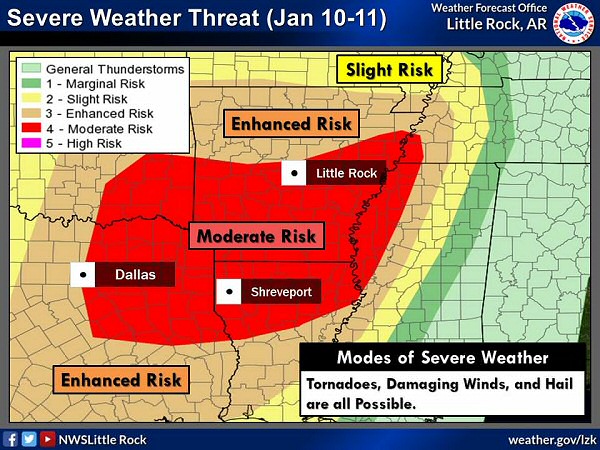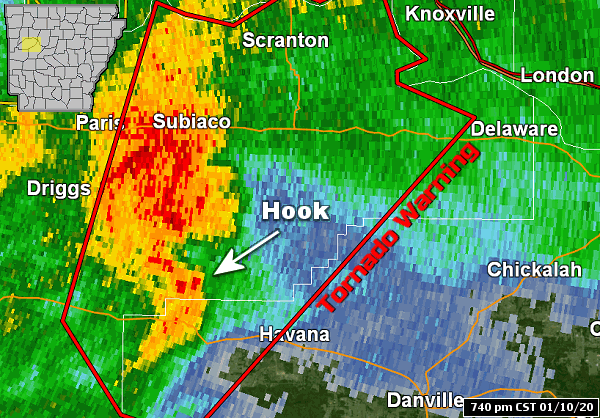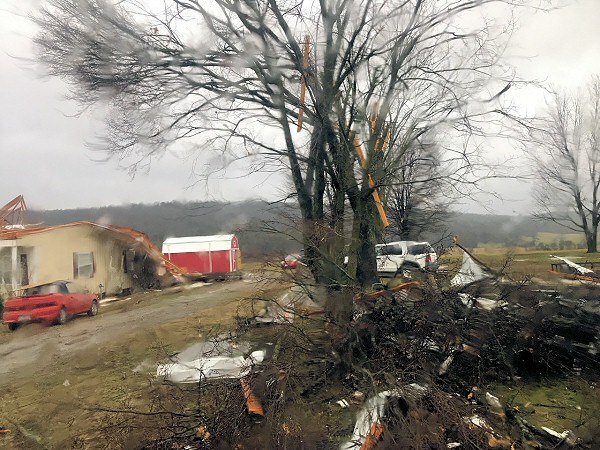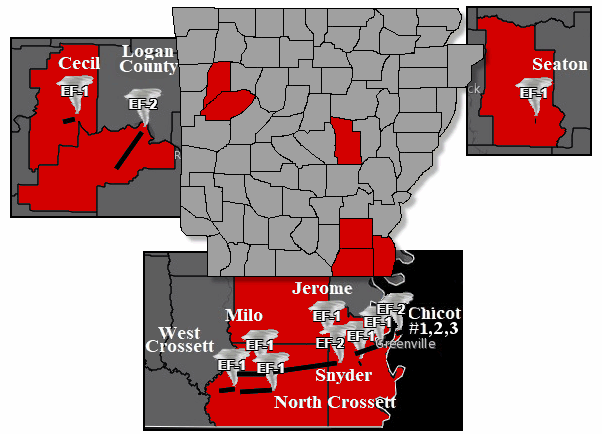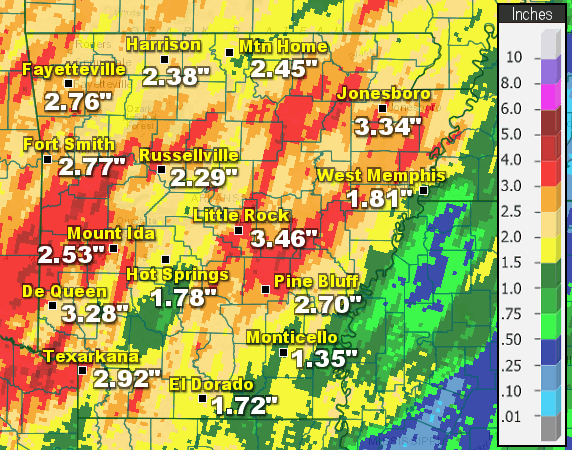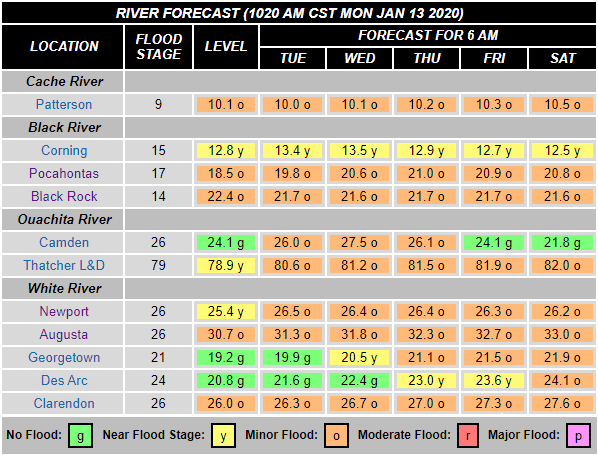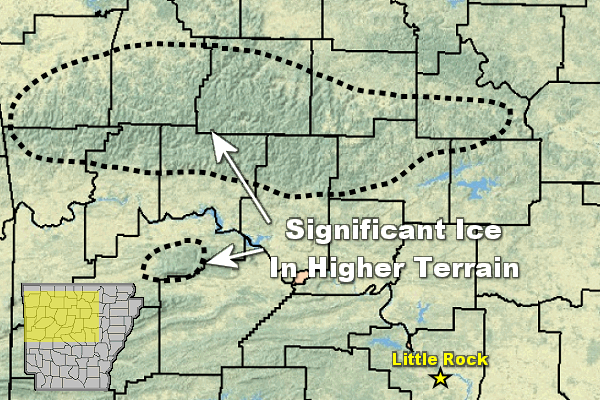|
||
|
January started off with a bang on the 10th. It felt like spring in Arkansas, with high temperatures in the 60s to lower 70s. As the day began, a powerful storm system was looming to the west in New Mexico. Moisture levels were on the rise ahead of the system. It was a perfect setup for severe weather and flash flooding. By late afternoon and into the overnight hours/early on the 11th, a massive damaging wind episode unfolded. Wind gusts from 60 to 90 mph pounded parts of the state. Trees and/or power lines were downed at Yellville (Marion County), Henderson (Baxter County), Elizabeth (Fulton County), Melbourne (Izard County), Leslie (Searcy County), a few miles west of Arkadelphia (Clark County), Malvern (Hot Spring County), Judsonia (White County), Fordyce (Dallas County), Pine Bluff (Jefferson County), Cotton Plant (Woodruff County), Joiner (Mississippi County), Monticello (Drew County), St. Charles (Arkansas County), and Watson (Desha County). Some fallen trees landed on homes. Seven tractor trailers were blown over on Interstate 40 just east of Wheatley (St. Francis County). Wind recording equipment measured a 74 mph gust at Fargo (Monroe County), and a 71 mph gust at the University of Arkansas at Monticello (Drew County). Preceding the event, the Storm Prediction Center in Norman, OK called for a moderate risk of severe weather over the southern half of Arkansas, and an enhanced risk farther north. |
||
